Now Reading: The Best Low Allergy Cats: No More Sneezing!
- 01
The Best Low Allergy Cats: No More Sneezing!
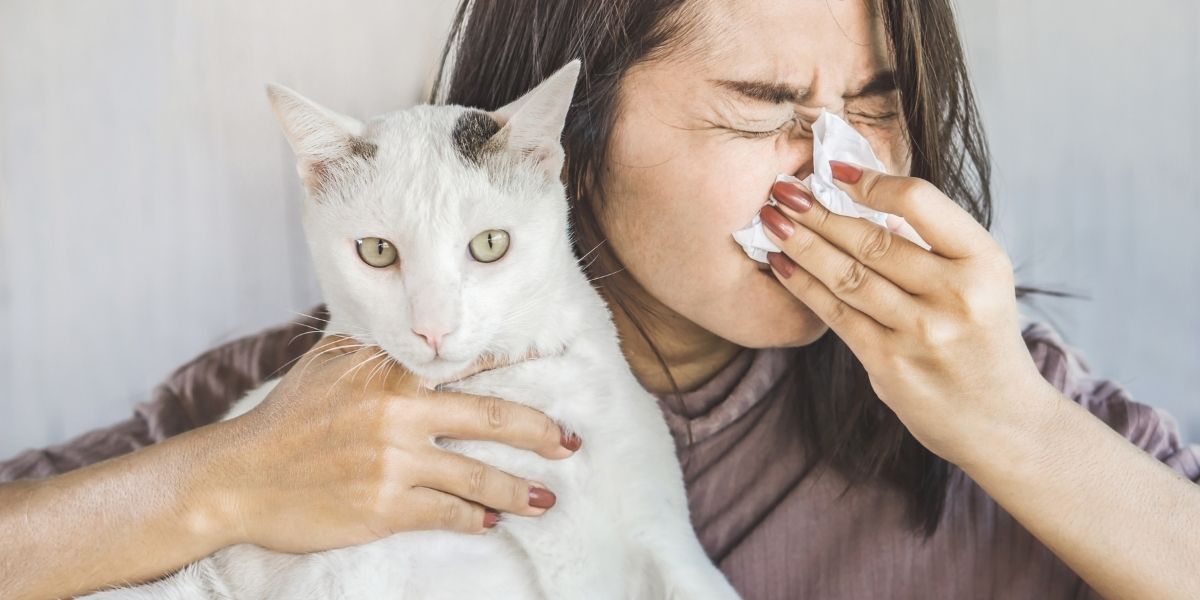
The Best Low Allergy Cats: No More Sneezing!
Once we walk into our living room after a long day. A soft purr greets us, whiskers brush our hand, and suddenly, all the stress melts away. But then, the sneezing starts, the itchy eyes kick in, and the dream of having a cat feels impossible. Sounds familiar? If yes, we have a got good news—you don’t have to give up on having a furry companion. The solution lies in finding low allergy cats.
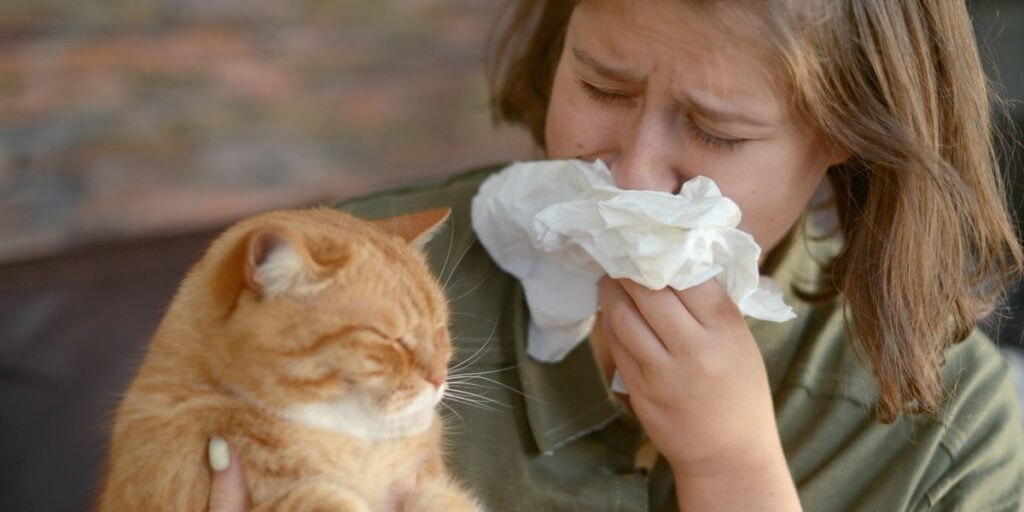
What Do We Mean by Low Allergy Cats?
Let’s clear this up first: no cat is truly “allergy-free.” But here’s the catch—some breeds produce fewer allergens, shed less, and are far easier to live with if you’re sensitive. These breeds are what we call low allergy cats, and they can make a world of difference for people who love cats but hate the sniffles.
Why Allergies Happen in the First Place
Cat allergies are not actually caused by fur. Surprised? The real culprit is a protein called Fel d 1, found in a cat’s saliva, skin, and dander. When cats groom themselves, this protein gets on their fur and spreads around your home. Now, some cats naturally produce less of this allergen, and those are the ones that fall under the magical category of low allergy cats.
The Best Low Allergy Cats for Your Home
So, which breeds are your best bet? Let’s talk about the top cats that are known to be easier for allergy sufferers.
- Siberian Cats
These beauties look fluffy but are shockingly one of the best fluffy partner. Their saliva produces less Fel d 1 compared to other breeds.
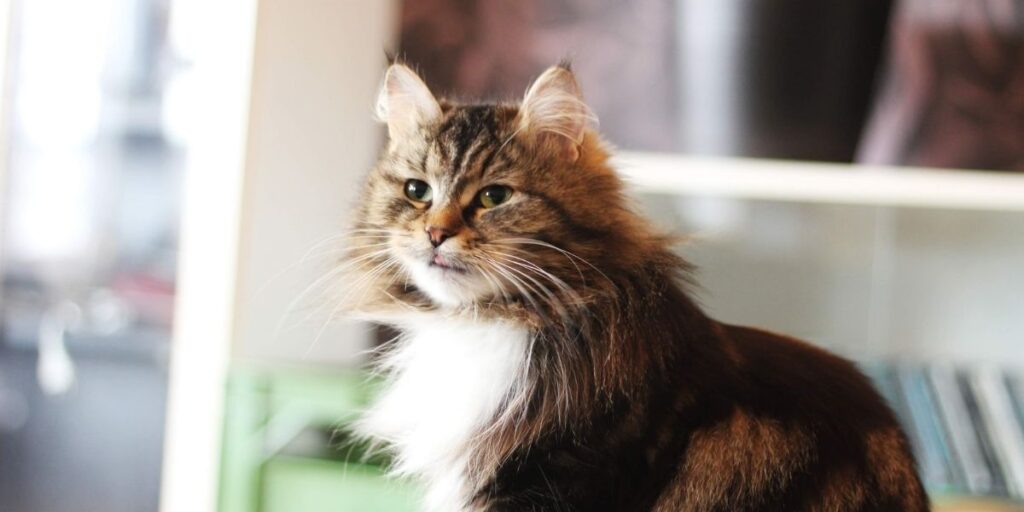
- Balinese Cats
Often called the “long-haired Siamese,” Balinese cats are graceful and known for producing lower allergen levels.
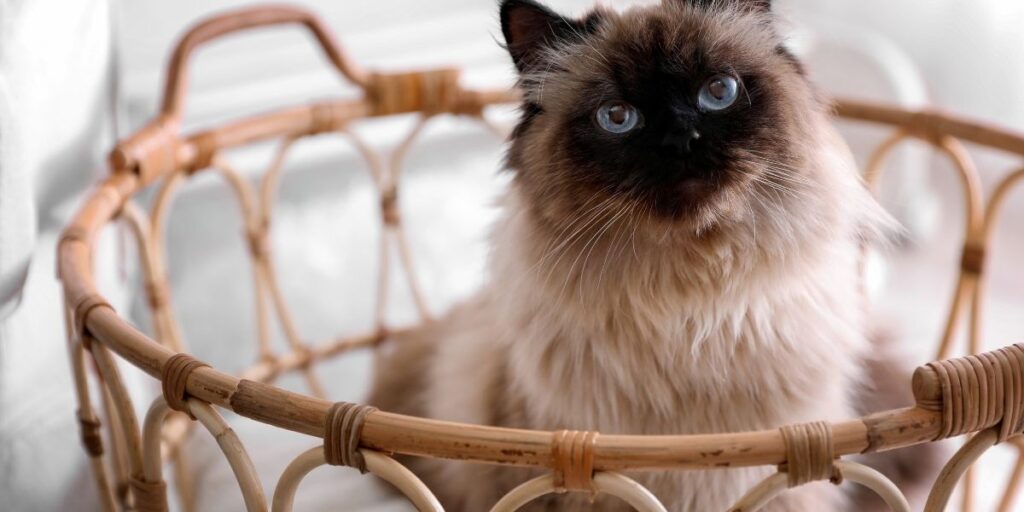
- Oriental Shorthairs
With their sleek coats, they shed very little, making them perfect low allergy cats for neat freaks too.
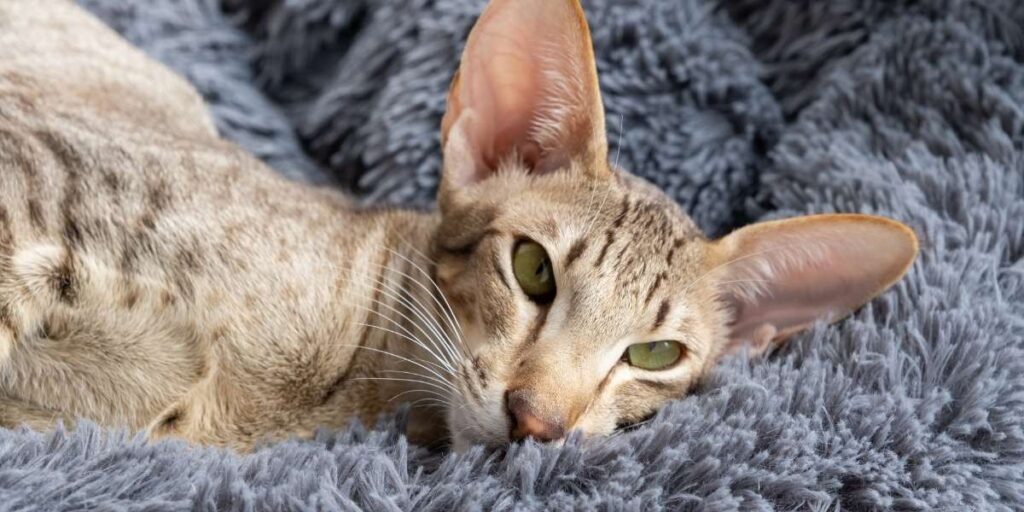
- Devon Rex & Cornish Rex
With short, fine coats, they’re not just stylish but also practical for people wanting low allergy cats.
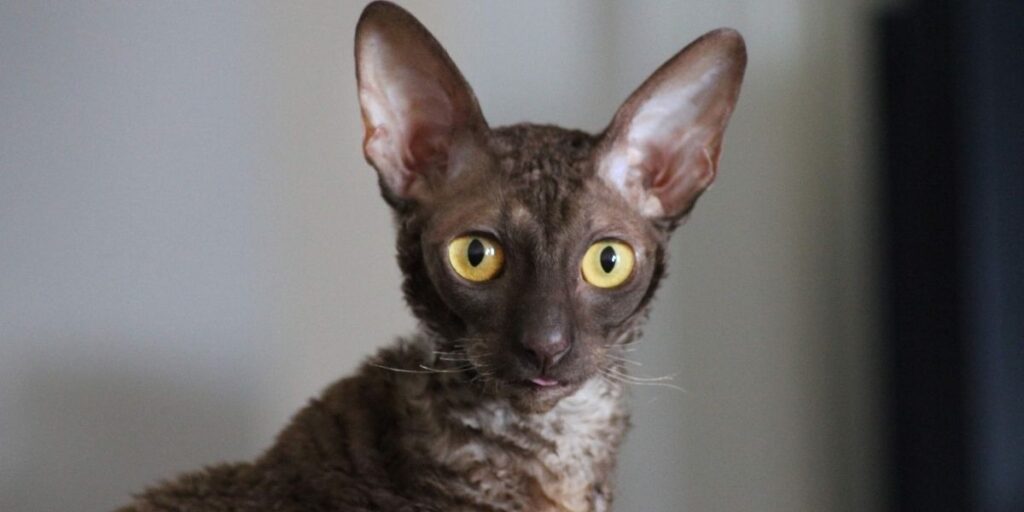
- Bengal Cats
Their beautiful spotted coats are not just eye-catching but also low-maintenance. Bengals are considered great low allergy cats because they shed less.
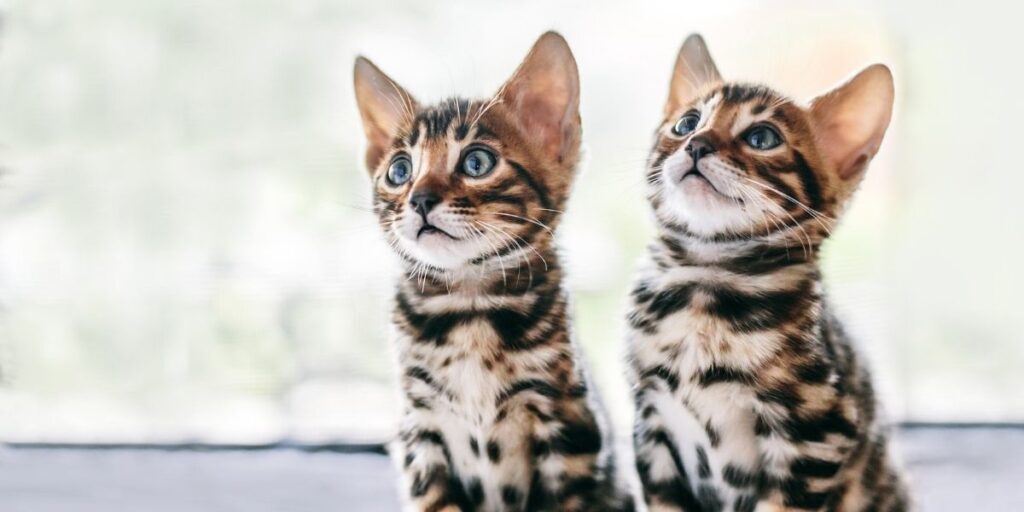
Cats That Don’t Shed Much
For many, the sneezing is half the problem—the other half is vacuuming fur from every corner of the house. Luckily, some hypo-allergic cats are also cats that don’t shed as much. Think Devon Rex, Cornish Rex, or even the sleek Oriental breeds. Less fur flying around means fewer allergens circulating too.
Allergy-Free Cats: Fact or Myth?
Let’s keep it real—there’s no such thing as allergy free cats. But some cats are close enough that they feel “allergy-friendly.” When people say cats that are hypoallergenic, they’re really referring to these low allergy cats that are simply easier to live with.
Are These Cats Good for Families?
Absolutely. If you’ve been avoiding adopting because of allergies, low allergy cats can be your ticket to a loving pet without constant sneezing. They’re especially great cats for people with allergies who don’t want to compromise on companionship.
Must Read: Top 5 Easiest Pet Lizards to Own
How to Live Comfortably With Furry Friends
Now, even with the right breed, there are a few things you can do to keep allergies under control:
- Regular Grooming – Brush your cat often to reduce loose fur and dander.
- Clean Your Home Frequently – Vacuuming and dusting keep allergens down.
- Air Purifiers Help – A good HEPA filter can make life with low allergy cats much more comfortable.
- Designated Cat-Free Zones – Keep your bedroom off-limits for maximum sneeze-free sleep.
- Talk to Your Doctor – Allergy treatments can further help you live comfortably with your furry friend.
The Cost of Owning Furr Balls
Here’s where people often ask: what about expenses? While some breeds might be pricier upfront, think of them as a long-term investment in your health and happiness. The costs of adopting, plus maintenance, are balanced by fewer medical visits, fewer allergy flare-ups, and yes, a happier life. And let’s be honest—can you really put a price tag on daily purr therapy?
Are these calming Cats Worth It?
At the end of the day, owning a cat is about companionship, love, and laughter. These cats let you have all that without the tears (well, at least not allergy tears). If you’ve been holding back, it’s time to rethink. There’s a breed out there waiting to cuddle you without making you sneeze.
Final Thoughts
So, are you ready to open your home and heart to low allergy cats? From the Siberian to the Balinese, the Bengal to the Rex breeds, there’s a furry friend out there for everyone—even allergy sufferers. Remember: while there are no perfect allergy free cats, there are plenty of cats good for allergies that can change your life.
Don’t let sneezes stop you from experiencing the joy of a purring companion. With the right low allergy cats, you’ll finally have the best of both worlds—love without limits and cuddles without Kleenex.
Also Read: 10 Clear Signs Your Dog Might Have Allergies
FAQs
Yes! While no cat is 100% allergy-free, certain breeds produce fewer allergens. These are known as low allergy cats, and they’re a great option for people who want the love of a cat without constant sneezing.
Popular breeds include Siberian, Balinese, Bengal, Oriental Shorthair, Devon Rex, and Cornish Rex. These cats shed less or produce lower allergen levels, making them some of the best cats for people with allergies.
Yes. Even low allergy cats benefit from regular grooming, home cleaning, and using an air purifier. These steps help keep allergens at a minimum and make your home more comfortable.
Pretty much! The terms hypoallergenic cats and low allergy cats are often used interchangeably. It simply means the breed is easier to live with for allergy sufferers, but not completely allergen-free.













